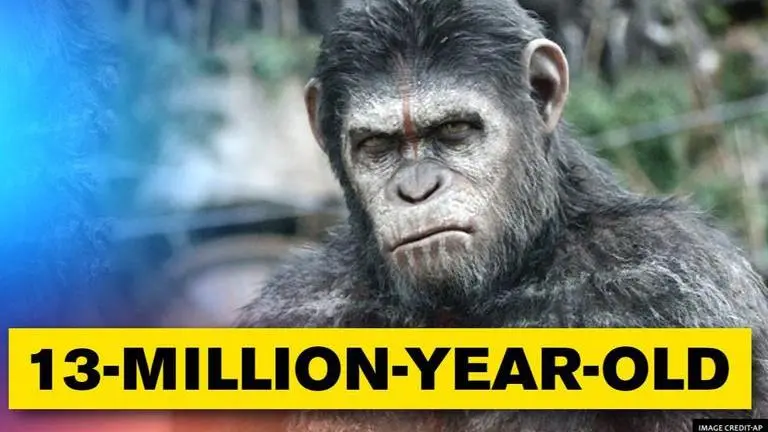Updated 10 September 2020 at 19:44 IST
Uttarakhand: Fossil of newly discovered ape species unearthed, details inside
A team of international researchers has found a 13-million-year-old fossil remain of a newly-discovered ape species in the Lower Siwaliks of Uttarakhand, India.
- India News
- 2 min read

A team of international researchers has found a fossil remain of a newly-discovered ape species in the Lower Siwaliks of Uttarakhand. The fossil record dated 13-million-years ago was unearthed by scientists, including those from Panjab University and Arizona State University, while they were climbing a small hill in 2015 and stopped for a short rest. The team spotted a shiny object in a pile of dirt and upon digging they found a primate tooth.
The discovery represents the first new hominoid species discovered at Ramnagar in nearly a century, the first new Siwalik ape taxon in more than 30 years, and likely extends the hylobatid fossil record by approximately five million years. The finding was published in the journal Proceedings of the Royal Society B on September 9 after a thorough study of the ape tooth, which was photographed and CT-scanned and compared with samples of other living and extinct primate teeth.
Advertisement
'Quite compelling'
"What we found was quite compelling and undeniably pointed to the close affinities of the 13-million-year-old tooth with gibbons," said one of the members of the research team. "Knowing that gibbon and orangutan ancestors existed in the same spot together in northern India 13 million years ago, and may have a similar migration history across Asia, is pretty cool," said another member.
Researchers noted that the fossil record of "lesser apes" such as gibbons is virtually non-existent before the latest Miocene of East Asia. However, molecular data suggest that hylobatids should be present by approximately 20 million years ago; thus, there are large temporal, geographical, and morphological gaps between early fossil apes in Africa and the earliest fossil hylobatids in China.
Advertisement
(With inputs from PTI)
Published By : Vishal Tiwari
Published On: 10 September 2020 at 19:44 IST
